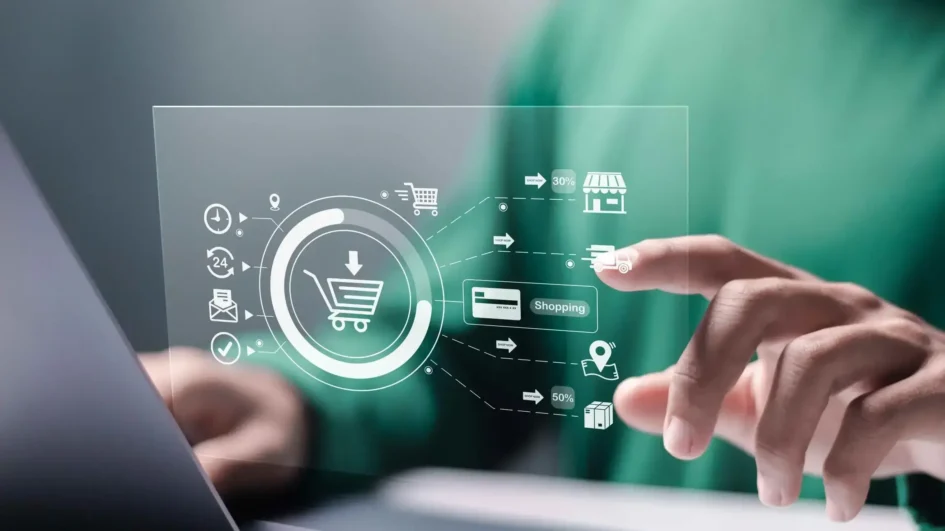eCommerce Marketing Funnel Overview
The eCommerce marketing funnel maps the customer journey from first hearing about a brand to becoming a repeat buyer and advocate. It helps teams design targeted tactics for each stage so resources are used efficiently and customer experience improves at every touchpoint.
Why the Funnel Matters
Understanding the funnel reveals where prospects drop off and which activities move them closer to purchase. A clear funnel aligns marketing, product, and customer service around measurable goals and increases return on ad spend by focusing on the most impactful interventions.
Awareness Stage
At the top of the funnel, the goal is to generate visibility and attract potential customers who may not yet know they have a need. Typical channels include content marketing, social media outreach, organic search, paid ads, and partnerships that expose the brand to a wider audience.
Brands successful at awareness craft messages that resonate with target personas, use consistent creative, and track reach and engagement to identify the most effective formats and placements for future campaigns.
Consideration Stage
In the consideration stage, prospects evaluate options and seek information that reduces uncertainty about a product or brand. Content that educates—how-to guides, product comparisons, reviews, and FAQs—performs well here because it builds trust and positions the brand as a helpful resource.
Personalization matters during consideration; recommending relevant products, showing tailored content, and using retargeting to surface products the user viewed increases the likelihood that a prospect will progress toward purchase.
Conversion Stage
Conversion is where intent becomes action and a visitor completes a purchase. The focus is on removing friction: simplifying product pages, offering clear value propositions, optimizing checkout flows, and providing trusted payment options that reduce cart abandonment.
Tactics such as limited-time discounts, free shipping thresholds, social proof on product pages, and abandoned cart emails are effective conversion levers when they are timely, relevant, and aligned with the user’s purchase intent.
Retention Stage
Retention seeks to transform first-time buyers into repeat customers by delivering consistent value after the sale. Post-purchase communications, easy returns, loyalty programs, and personalized product recommendations keep customers engaged and increase lifetime value.
Measuring retention through repeat purchase rate and customer lifetime value helps prioritize loyalty investments. Small, thoughtful touches like timely replenishment reminders or exclusive early access campaigns often yield outsized returns.
Advocacy Stage
Advocacy turns satisfied customers into promoters who refer friends, leave positive reviews, and create user-generated content. Encouraging reviews, incentivizing referrals, and spotlighting customer stories amplify authentic social proof and lower the cost of acquiring new customers.
Designing simple referral mechanics and making it easy for customers to share their experience are critical; advocacy thrives when customers feel both rewarded and genuinely enthusiastic about the brand.
Measuring Funnel Performance
Tracking funnel metrics at each stage reveals where to optimize: impressions and click-through rates at awareness, time on page and content engagement at consideration, checkout completion and average order value at conversion, and repeat purchase rate at retention. Cohort analysis clarifies long-term impact.
Experimentation through A/B tests and incremental changes—landing page variations, different ad creatives, or alternative email cadences—provides data-driven insight into what specifically improves conversion and retention across segments.
Optimizing the Funnel
Optimization is iterative: identify weak points, hypothesize improvements, test, and scale successful changes. Prioritize high-impact, low-effort fixes first, then invest in bigger initiatives like personalization engines, creative refreshes, or native app features that deepen engagement.
Cross-functional collaboration speeds optimization; when product, marketing, and customer service share funnel goals and data, solutions tend to be more holistic and effective.
An effective eCommerce marketing funnel is both strategic and practical: it guides decision-making, improves customer experience, and drives sustainable revenue growth. Focusing on the right metrics, iterating quickly, and delivering consistent post-purchase value turns one-time buyers into long-term brand advocates.
